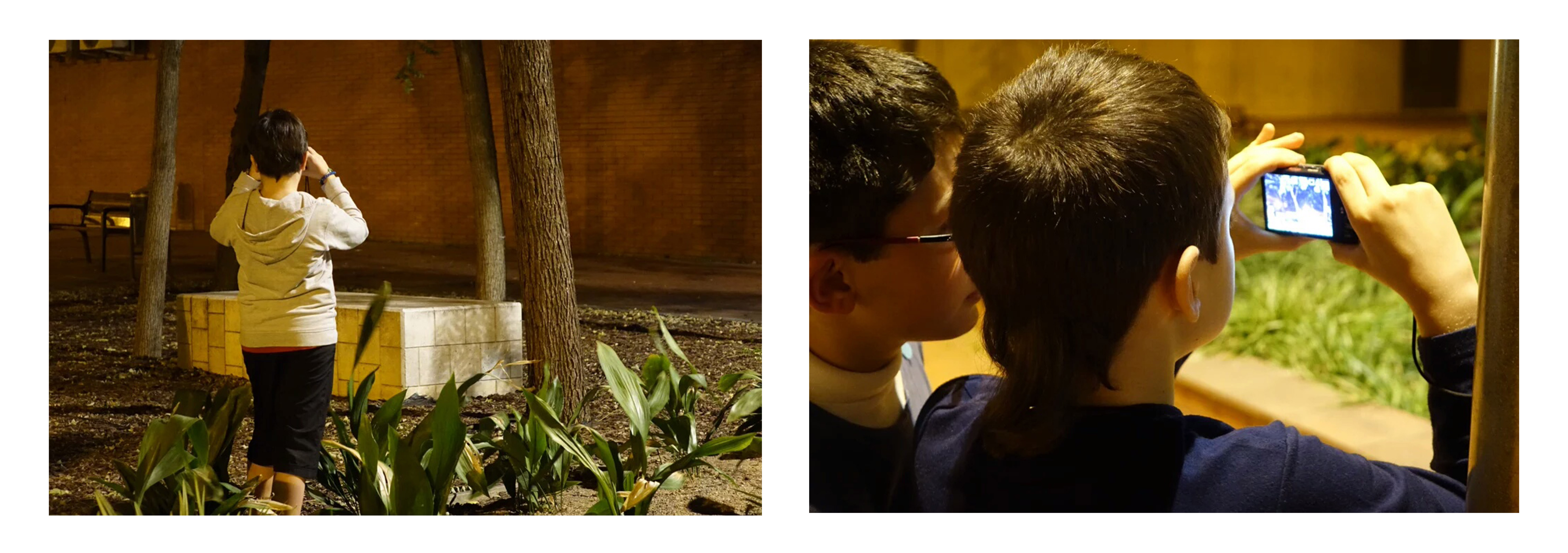Signifying-Space Technique
The Signifying-Space Technique is based on the documentation of the physical space through photos to gain insights into aspects that children find interesting and engaging in a particular environment.
Description:
The Signifying-Space Technique is based on the documentation of the physical space through photos to gain insights into aspects that children find interesting and engaging in a particular environment. The children are divided into small teams and provided with one camera per group. Each group member is asked to take one picture of a space in a specific location and to complete their mission in a time frame of ten minutes. The technique is aimed to draw children’s attention towards a physical space and research which meanings the children assign to them.
Benefits:
- Leverages children's natural playfulness and motivation because it allows the children to explore a familiar space in a usual way
- Children’s photos transformed into expressions of meaning-making about their personal interpretations
- The camera becomes a tool that helps the children fragment their view and focus on concrete aspects within the environment
- The photos produced can be kept and incorporated in consecutive design activities to support reflection and discussion upon the notion of spatial awareness
- Promotes a collaborative behaviour because the children identify together and negotiate the shared use of the camera

Related Publications:
Marie-Monique Schaper and Narcis Pares. (2016). Making sense of Body and Space through Full-Body Interaction Design: A case study. In Proceedings of the 15th International Conference on Interaction Design and Children (IDC ’16). ACM, New York, NY, USA. DOI=http://dx.doi.org/10.1145/2930674.2935992
